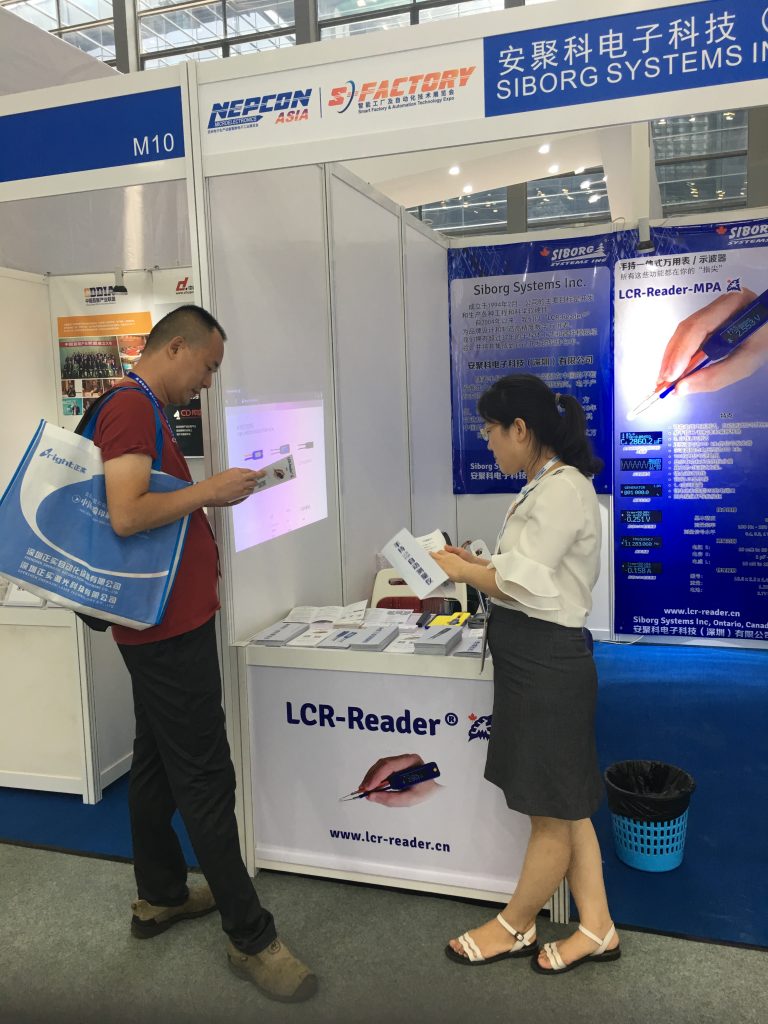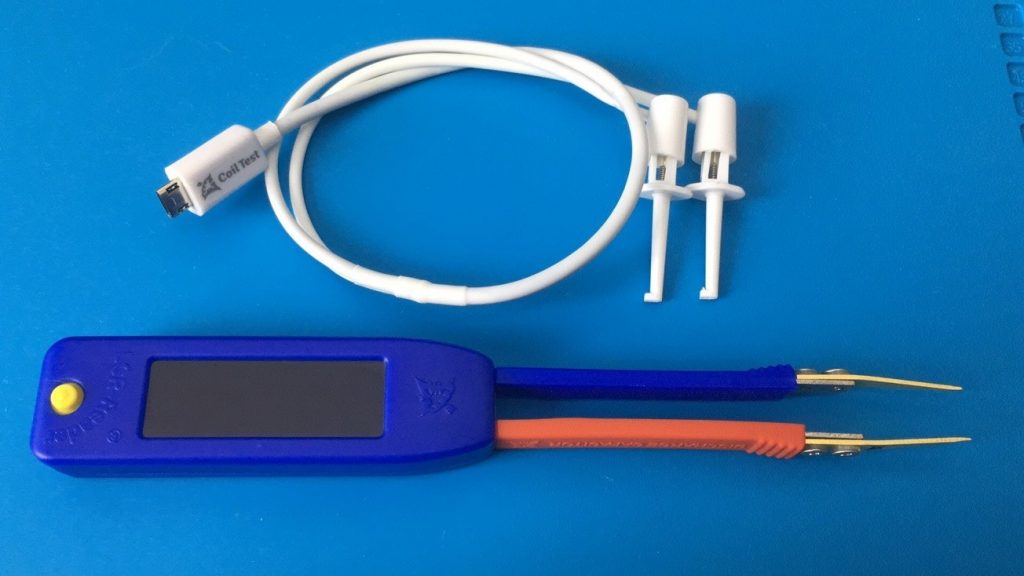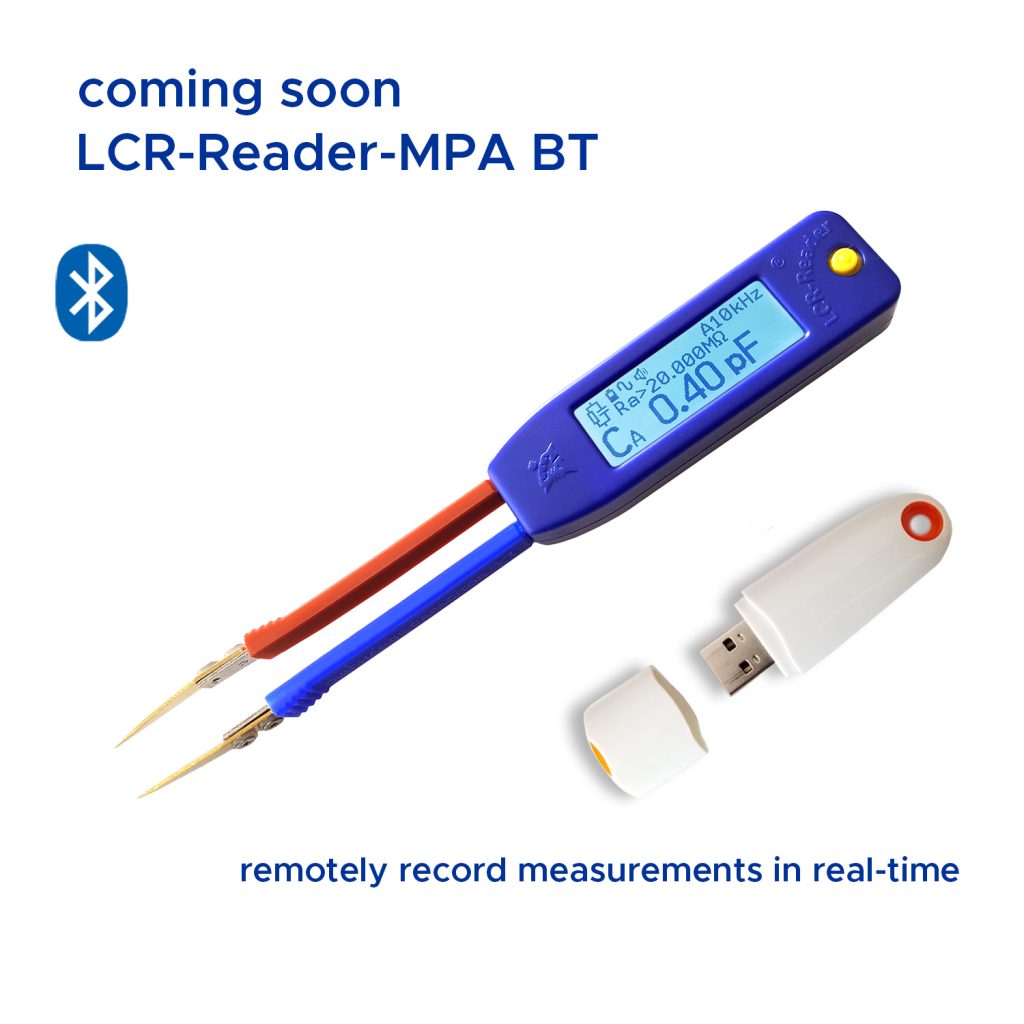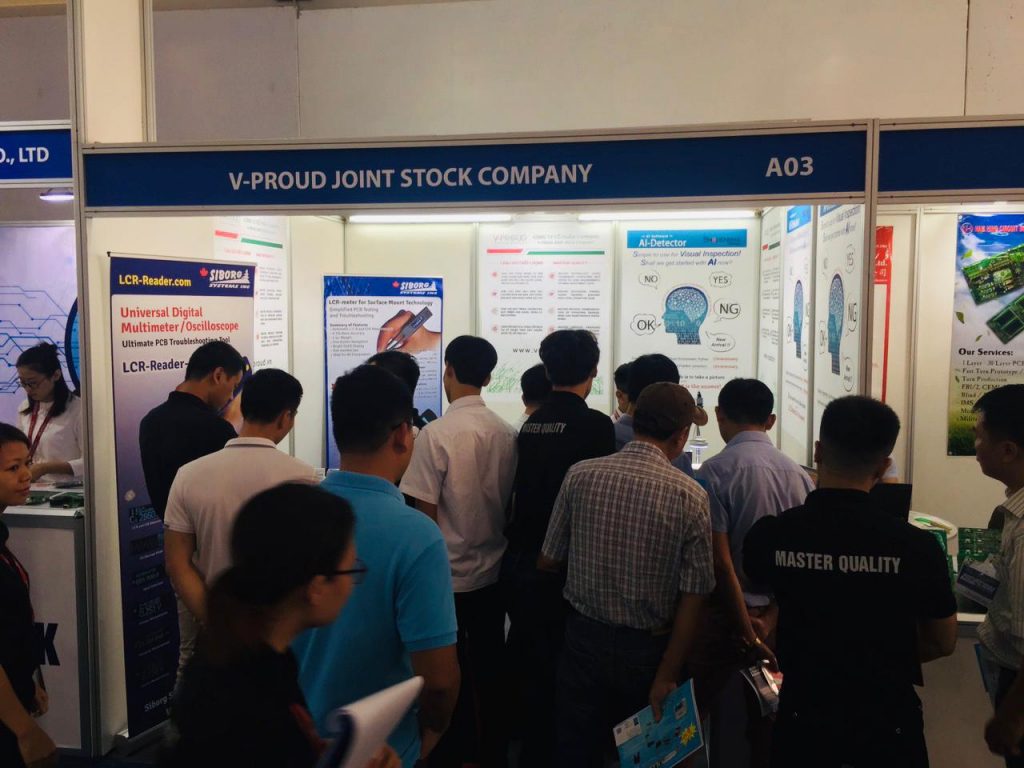Siborg is hosting a sale for up to 30% off their most popular devices on June 21 and 22nd on Amazon.com.
Tag: LCR-Reader
The new cheaper model of Smart Tweezers LCR-meter for consumer market.
Black Friday Sale 2020
Siborg is offering up to 30% on almost everything in the LCR-Reader Store, including the LCR-Reader-MPA and Bluetooth devices. The sale runs from Friday, November 27th, 2020. The sale will also be available on Amazon sales channels in USA, Canada and Europe.
New Bluetooth Data Acquisition Tool
Siborg has released their LCR-Reader-MPA Bluetooth Data Acquisition Tool with Logger program.
The LCR-Reader-MPA Bluetooth Data Acquisition Tool connects to PC and Android over a Bluetooth connection and allows users to remotely record measurements values in real time.
To use the LCR-MPA-BT Logger program, simply connect the BT dongle to the PC, turn on the MPA and only then start the program. The program will show that the device is connected and begin mirroring what is on the display in the program – showing the main impedance value, secondary value, signal test level, test frequency level, and equivalent circuit. There are also clickable parameters on the program’s main display for changing quick settings – frequency, test mode, etc.
The main feature of the program is the Pass/Fail assessment feature. Users are able to set custom profiles for each component in a predefined list (such as BOM). Users also set the desired values and test settings for the measured components. When testing, the main display on the program will turn red if the measured component does not meet the desired specs. The recorded values are marked red in the ‘Test’ column for fails, and green for pass.
There are two test modes: Single Component Test and Multiple Component Test. Single Component Test is best for testing the same type of component mutiple times. Multiple Component Test is best for full PCBs that have a range of different components with varied values. Users can set the name and the desired values for each component in the list. All measurement values, for both modes, can be exported to Excel.
New Model of Popular LCR-meter Enters the Stage of Implementation of the LCR-Reader-R2 Prototype
A new model of the LCR-Reader is in the works. The previous model, the LCR-Reader-R1 has been a well-selling device worldwide. The low price and high accuracy measurements is attractive to professionals and hobbyists alike, looking for an easy-to-use multimeter. Siborg is working on the LCR-Reader-R2 which includes a 0.1% basic accuracy and features a record high 300 kHz test freuqnecy. The new device will possibly have the ability to use 100 Ohm and 1 kOhm signal source impedance allowing abetter in-circuit testing.
LCR-Reader-R2 combines advantages of LCR-Reader-MP and LCR-Reader-MPA due to the ability of switching the test signal source resistance from 100 Ohms as in MPA to 1 kOhm as in MP. The latter strongly increases stability of measurements and works much better for in-circuit measurements. On the other hand, low source impedance effectively increases the actual test measurements. On the other hand, lower source impedance effectively increases the actual test signal applied to the component under test thus reducing the signal-to-noise ratio in some cases.
The device will also be able to test using a 300 kHz test frequency, due to the more advance CPU used. The higher frequency may allow to better measure sub 10 nH inductors.
Multimeter Summer Sale
Siborg is offering up to 30% off on many of their test devices, including LCR-Reader-MPA, LCR-Reader and Smart Tweezers devices. The sale is available in the LCR-Reader Store and Amazon sales channels. The sale runs from August 10 to August 31st at 11:59 EST.
Siborg Presents MPA at Shanghai Nepcon Asia
Siborg took LCR-Reader-MPA to Nepcon Asia to show off their line of LCR-Reader multimeters with a focus on the MPA devices. Their newest business partner, AI-Rox Polytoronics, representing Siborg in China.
Nepcon Asia in Shenzhen showed great interest in the device. Many of the leading manufacturers come to the show looking for new and exciting technology; many showed great enthusiasm about testing unknown components with speed and accuracy. Most were excited about the large range of test options available on the device.

Andy Leman of AI-Rox Demonstrates LCR-Reader-MPA at Nepcon Asia 
A visitor leanrs aobut LCR-Reader-MPA at Nepcon Asia 
LCR-Reader booth at Nepcon Asia
“There was a definitely a buzz from the audience. People were excited about fast and accurate measurements, no set-up and was also mentioned a lot. When we started presenting the device and mentioned that there would be a Bluetooth model in the future, people really got excited. Major manufacturing companies from Shenzhen were there and spoke highly of the ability to remotely record test measurements in real-time. This is a very practical ability for quality control.” says Director Michael Obrecht
New Generation Ring Coil Tester
Siborg System Inc. has added a Ring Coil Tester to their line of testing equipment for use with the LCR-Reader line of multimeters.

Basic inductor or coil tests can be done using any LCR meter, like LCR-Readers. When testing, if the device shows any continuity or reading this shows that the coil winding is not destroyed. Often, the coil reading may show a slight deviation in values that is only detectable by knowing the exact original values of R or L. If there is one or a few turns of the winding that have short, the values would only show a slight variation.
Using the Ring Test method is a proven accurate method of finding short turns in a coil. This method has been used for repairing old-style audio-video equipment that employ flybacks, deflection yoke windings, motors, chopper transformers, main transformers, VCR video and other magnetic heads.
The Ring Test Method is based on the theory that if a faulty coil or transformer has shorted turn(s) in one of the coils, the Q-factor of the transformer is drastically redacted. when an impulse is applied, a faulty transformer will resonate with a highly damped oscillation while a good one will decay graduall.
When connected to a high quality capacitor across one winding of the investigated device and a pulse is applied to the parallel resonant circuit, the waveform across the resonant circuit will produce a decaying oscillation. It will do this for at least a few cycles if the coil is good. The oscillations will be strongly damped and only complete one or two cycles if there is a shorted turn in any of the magnetically coupled coils of the device. A short turn can also be applied, if possible, to compare the behavior with and without the short turn. If no change is detected, there must be a shortened turn in at least one coil.
To use with LCR-Reader-MPA, connect the Ring Coil Tester using the micro-USB port on the device and connect a coil by the hook connectors. Set the MPA to “winding turns” in the menu. The display will show the excitation response from the coil. The figures below shows the difference between a good or bad coil. The shorted turn is connected and displays a significantly higher dissipation factor and therefore a fewer number of oscillations following the impulse on the coil.

LCR-Reader-MPA Presented at Nepcon Vietnam
Siborg presented the LCR-Reader-MPA at Nepcon Vietnam to an enthusiastic audience. The devices’ capabilities were well received and the booth had many visitors.
Nepcon’s visitors were impressed by what LCR-Reader-MPA can do. THe booth saw may visitors, many showing interest in the whole line of LCR-Reader, including the flagship device. The LCR-Reader line was created in 2014 as a budget alternative to the Smart Tweezers line of devices. The first model only offered a 0.5% basic accuracy and automatic measurements; users are able to change the test mode but not much else. Siborg released LCR-Reader-MP in 2017 as a bridge between LCR-Reader and Smart Tweezers. The MP offered a 0.1% basic accuracy and a range of features that rivaled the Smart Tweezers devices.
“The crowd was excited,” says the Director of Siborg, “the booth saw many visitors, many who mentioned they were very interested in the devices abilities. Among the visitors were many representatives from world leading companies including Toyota, Samsung and Panasonic. The announced Bluetooth model also attracted a lot of attention. The ability to save time, not only with quick and easy measurements, but also by remotely recording the values.”
LCR-Reader-MPA is offers the highest basic accuracy of 0.1% out of all Siobrg’s devices. It also offers a wide range of test features, including 100 kHz test frequency level, oscilloscope mode, LED/diode testing and more.
Siborg now offers a Bluetooth enabled model that can remotely send measurement values to PC or Android device. The measurement results are recorded in a comma-separated string of values and are instantly sent in real time to software, such as the LCR-MPA Bluetooth Logger program or NI LabView. The data can be saved to a database or spreadsheet for later analysis.
Coming Soon: LCR-Reader-MPA with Remote Recording in Real Time
Siborg’s LCR-Reader-MPA will soon be getting an update which allows the device to remotely record measurement value over a Bluetooth connection. This adds an extra feature to the device, which already boasts a 0.1% basic accuracy and wide range of features including a 100 kHz test frequency, LED/diode testing, oscilloscope mode and more.

The new Bluetooth feature uses a low-energy Bluetooth connection using a dongle to PC, and eventually dedicated apps for iOS and Android. When connected, LCR-Reader-MPA will send the measurement data, including the main and secondary measurements value and test parameters are sent to the receiving software in a comma-separated string of values. The ability to automatically record values in real time is exceptionally useful for quality control and situations where recording values is crucial.
The device can work with programs such as LCR-Reader-MPA BT Logger, TeraTerm, or NI LabView. The recorded values can be saved to a spreadsheet or database for later analysis.
LCR-Reader-MPa to be Shown at Del Mar Electronics and Manufacturing show in September 2020
Siborg will be showing the LCR-Reader-MPA and their LCR-Reader multimeters to the Del Mar Electronics and Manufacturing Show at booth #233 in San Diego, California, from September 16-17 2020.
The LCR-Reader line of multimeters offer fully automatic LCR, ESR, LED/diode measurements. The devices use a powerful multimeter combined with a set of gold-plated tweezers; when the tweezers old a component, the multimeter will automatically determine the type of component and best test parameters to use with no set-up required. All measurement values, including any secondary values, are automatically available on the OLED display. The ability to test without any set-up is especially useful for component sorting and time sensitive tasks such as production lines.


